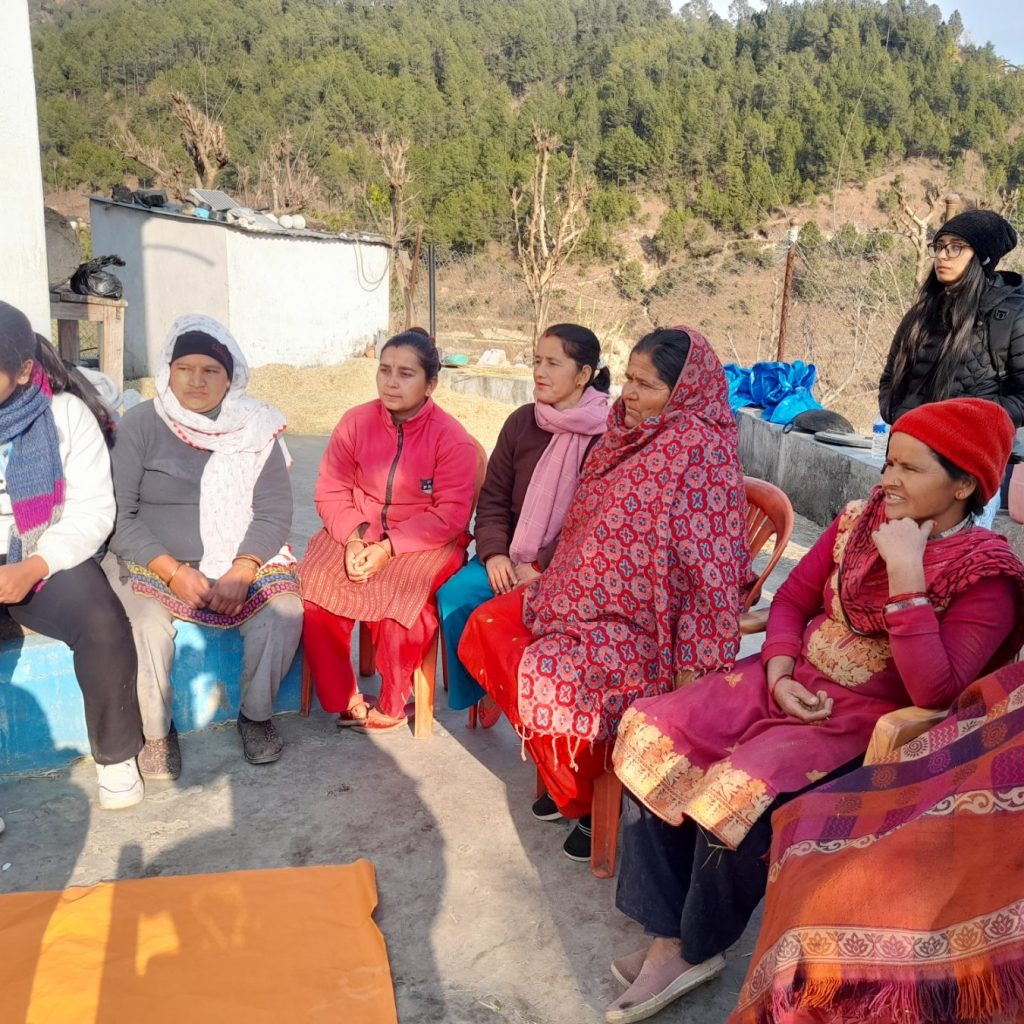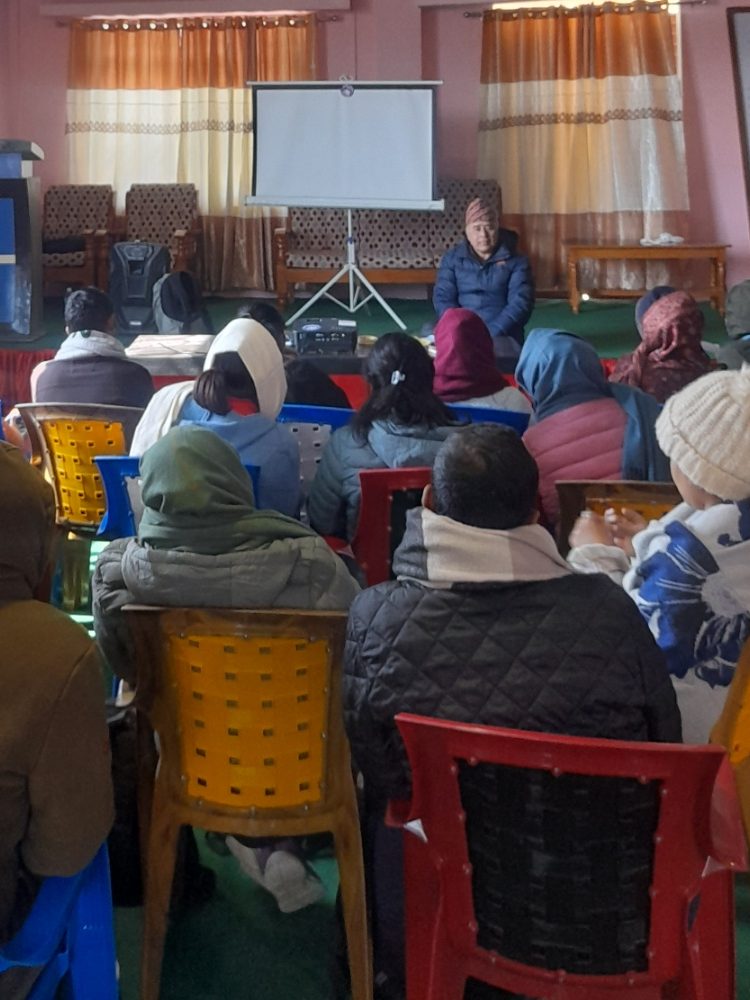Ipas Nepal conducted a baseline assessment using the Social Norms, Poverty, Climate-Induced Impacts, and Disaster Risk Analysis (SNCIDRA) tool to comprehensively assess harmful social norms, poverty, climate impacts, and disaster risks related to gender and SRHR in the communities in the project area. SNCIDRA tool is a participatory monitoring and assessment tool which helps in assessing the underlying cause of poverty, climate change, disaster, social norms that influences the autonomy and access to information and services. This integrated approach seeks to mitigate risks, enhance resilience, and promote sustainable development in program communities, ultimately strengthening locally led collective action for SRHR along with gender-transformative climate adaptation.


A three-day long extensive training to 27 participants, conducted from January 23rd to January 25th, 2024, in Bagchaur Municipality, Salyan, equipped project partners: KIDS and PASS Nepal with the necessary knowledge and practical skills for SNCIDRA tool implementation in their respective project areas. During the training, the participants were oriented on various tools and techniques to understand and gather information about social norms, poverty, climate impacts and disaster risks within communities. Practical sessions in ward no 2 and 4 of Bagchaur municipality allowed participants to engage with actual community members and collect real information using the oriented tools.
The staff were specifically trained to use Kobo Collect on their tablets for efficient data collection for Health Facility assessment by engaging with diverse stakeholders such as community members, community forest user group members, Natural Leaders, women and girls, civil society organizations, Local Disaster Management Committees (LDMCs), Health Facilities and Local Governments.
The ultimate goal is to utilize the comprehensive findings of SRHR, gender and climate induced impact to develop a detailed assessment report addressing social, environmental, and natural risks and vulnerabilities along with the Health Profile of each Health Facility. Collaboration with local governments ensured the incorporation of these findings into their Local Disaster Management Plans and Local Adaptation Plans of Action (LAPA).
